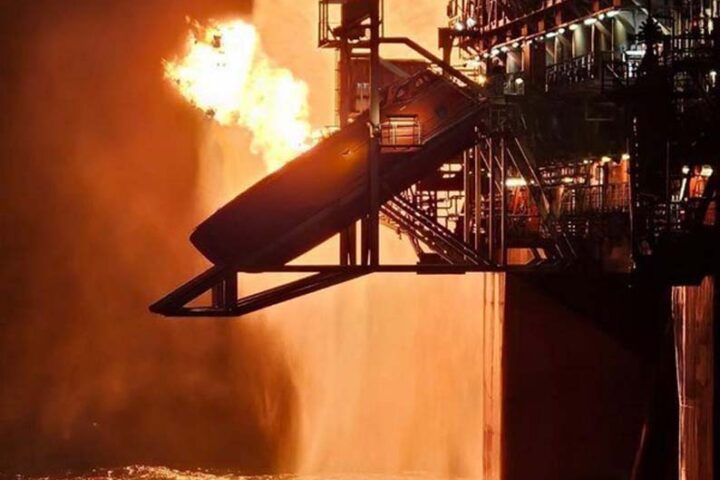.
Twitter’s initial public offering on Thursday could hardly have been more different from the 2012 IPO of its biggest social media rival, Facebook. Was the strategy of the micro-blogging site a success? And does the share value and initial demand offer any clues to traders about the firm’s future?
The different approaches of these two technology giants highlight the two conflicting main goals of an IPO. On the one hand, the company is looking to raise as much money as possible. On the other hand, it is important that investors are successful and that positive sentiment endures. Facebook maximized its funds by setting a high initial stock price which rose a little to $45 but remained fairly stable in its first day of trading. Yet the price dropped the next day, and like other Silicon Valley start-ups, Zynga and Groupon, Facebook lost half of its value within six months of its debut. The company is only just recovering from the resultant investor backlash, with shares reaching $45 in September.
Twitter clearly wanted to avoid making the same mistake of overpricing. The San-Francisco based company, which encourages its 232 mln users to write updates in a maximum of 140 characters, has spent weeks pitching investors on its future potential for growth. It plans to increase advertising, in particular mobile advertising, from where it currently earns 70% of its revenues.
Its pitching efforts worked. According to Bloomberg data, Twitter stock jumped 73% in the first day, the biggest serge for an IPO of more than $1 bln since 2007, after the company received orders for around 30 times the number of shares available, priced at a fairly low initial price of $26. After one day as a public company, it was valued at over $31 bln. The next day, shares fell 7.2% but the closing value of $41.65 was still well above the IPO price.
Does this mean that Twitter got it right or has it simply gone to the other extreme as Facebook? In a bid to please its first investors, will it suffer from the undervaluation of its stock?
Some analysts have argued that Twitter has failed to raise maximum funds. If it had valued its stock higher for the IPO, it could have easily raised another billion. Yet I think that it was perhaps wise to adopt a more conservative approach. The firm’s business plan for increasing advertising is still a work in progress, its revenues to date are poor, and it is still relatively underdeveloped in markets outside of the US. In short, there remains uncertainty about its future success and the stock value could easily drop in the coming weeks once excitement fades and business reality sets in.
As Twitter advisers explained to the Wall Street Journal, “the additional money wasn’t worth what could have been sacrificed had they priced it higher, namely good will with long-term investors who they hope will buy more shares in future offerings.”
While the initial surge means that Twitter missed out on a substantial amount of cash, this doesn’t automatically reveal anything about the stock’s future performance. The firm will be hoping that it can implement its new strategy successfully and that it will in time reap the rewards of happy, returning investors. Traders should look out for the company’s first earnings report for early clues about whether it will be able to translate its strong mobile presence into significant revenues.
www.bancdebinary.com







